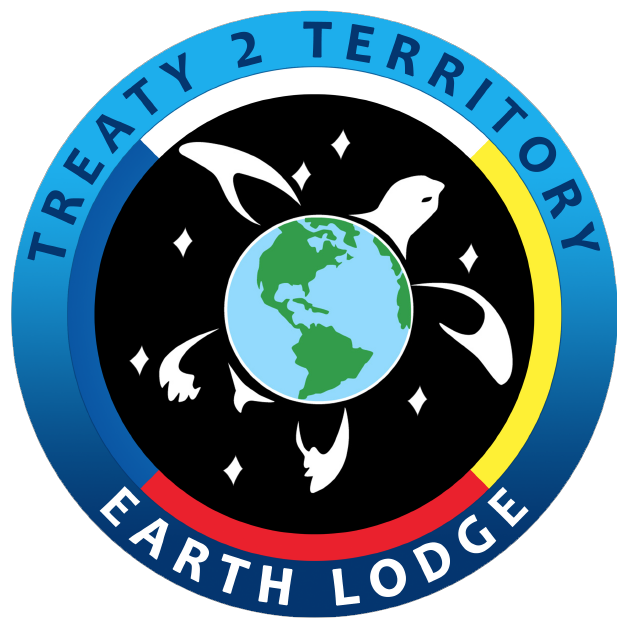Treaty 2 Territory- As the Earth Lodge and Life Long Learning begin to work on plans for Treaty 2 schools and a school division, we will be discussing with our Nations the possibility of focussing on a wholistic education model. In First Nations cultures, learning is lifelong, and the student’s family and community are part of the learning process so we will be looking for feedback before moving ahead. Communities will be part of the development of these future land-based and language-based schools. Key concepts within plans will be a foundation of language and culture that includes interrelatedness, interconnectedness, and community spirit.
‘Etuaptmumk’, a Mi’kmaw word meaning, ‘Two-Eyed Seeing’ refers to learning to see from one eye with the strengths of Indigenous knowledges, ways of knowing and learning; and to see from the other eye, the strengths of Western knowledges and ways of knowing … and then using both these eyes together, for the benefit of all. Two-Eyed Seeing is a multiple perspective brought into the Integrative Science co-learning journey by Mi’kmaw Elder Albert Marshall in 2004.
A co-learning journey is necessary for this ‘together approach’ to be successful because, as in every journey, challenges exist: in our mindsets, points of view and perspectives, and approaches to teaching.

Elder Marshall, when explaining ‘two-eyed seeing’ also talks about Netukulimk. Netukulimk takes you into a place where you are very conscious of how the human two-leggeds are interdependent and interconnective with the natural world … this philosophy is all about our relationships with each other and with Mother Earth.”
Two-Eyed Seeing teaches you to awaken the spirit within you. You become a student of life, observant of the natural world. Two-Eyed Seeing teaches that everything is physical and spiritual. The Indigenous Worldview, demonstrated by the language, teaches us about interdependence. People must look at our natural world with two perspectives. Western Science sees objects, but Indigenous languages teach us to see subjects. Indigenous languages teach us that everything alive is both physical and spiritual. Humans are a very small part of the whole. Using the Two-Eyed Seeing approach means that education within Integrative Science incorporates a more wholistic mindset. Knowledge that is passed down through the Elders causes Indigenous learners to connect or reconnect with their past, present, and future. Knowledge is contextualized, of direct relevance to the learner.
Adapted from various journal articles, including ‘The Canadian Journal of Science’, 2009
Submitted by Renée McGurry, Earth Lodge Development Helper
lodge.fnt2t.com
